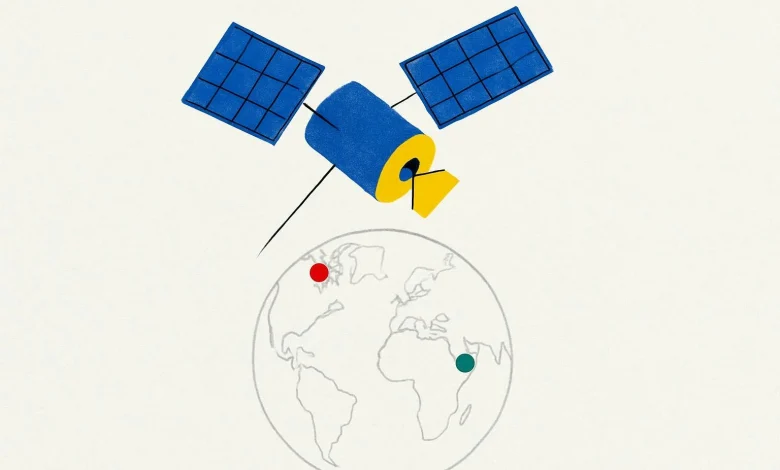AST SpaceMobile Looks Past Missed Forecasts Toward Global Expansion

What’s going on here?
AST SpaceMobile fell short of Wall Street’s third-quarter expectations, but the satellite firm is still making big moves, spotlighting billion-dollar contracts and an aggressive push into new markets.
What does this mean?
AST SpaceMobile pulled in $14.74 million in revenue during the third quarter of 2025—missing analyst estimates of $20.8 million. Even so, the company locked in over $1 billion in revenue commitments from telecom giants like Verizon and stc Group, strengthening its longer-term business case. With $3.2 billion in cash and liquidity on hand, AST seems well positioned to fund its ambitious rollout, despite booking a pre-tax loss of $163.45 million and racking up $94.42 million in operating costs last quarter. Management held firm on guidance for up to $75 million in second-half 2025 revenue, and is planning to fire up services in Canada, Japan, Saudi Arabia, and the UK early next year. The plan to launch five satellites by the end of Q1 2026 shows just how fast the company’s aiming to grow its coverage.
Why should I care?
For markets: Contract wins may steady a rocky connection.
AST SpaceMobile’s earnings shortfall put some pressure on the stock, but $1 billion in long-term deals is helping to reassure investors about future growth. Still, with shares trading at $69.19—above Wall Street’s average 12-month target—markets are sending a cautious signal on near-term performance. Most analysts are playing it safe with average ‘hold’ ratings, wanting to see revenue growth catch up to spending before jumping in further.
The bigger picture: Satellite ambitions set the pace for global coverage.
AST SpaceMobile’s blueprint for new service launches and satellite deployments reflects the broader push to close global connectivity gaps. By aligning with government projects and signing up major wireless partners, the technology is nudging the world closer to seamless satellite-powered coverage. The race to bridge digital divides could soon shake up the competitive balance in global telecommunications.





